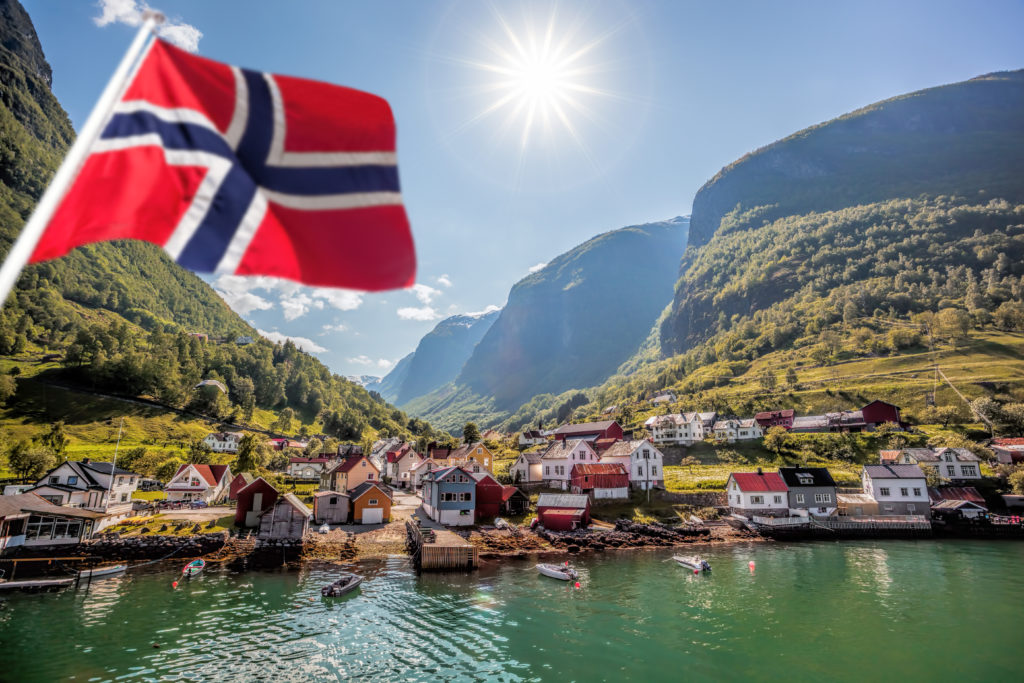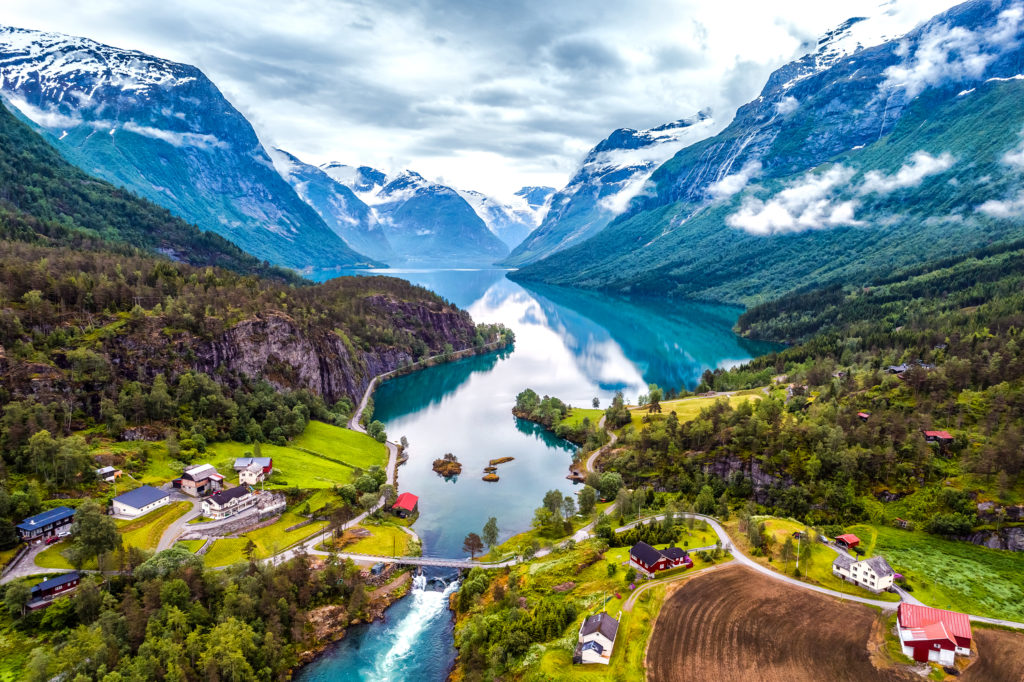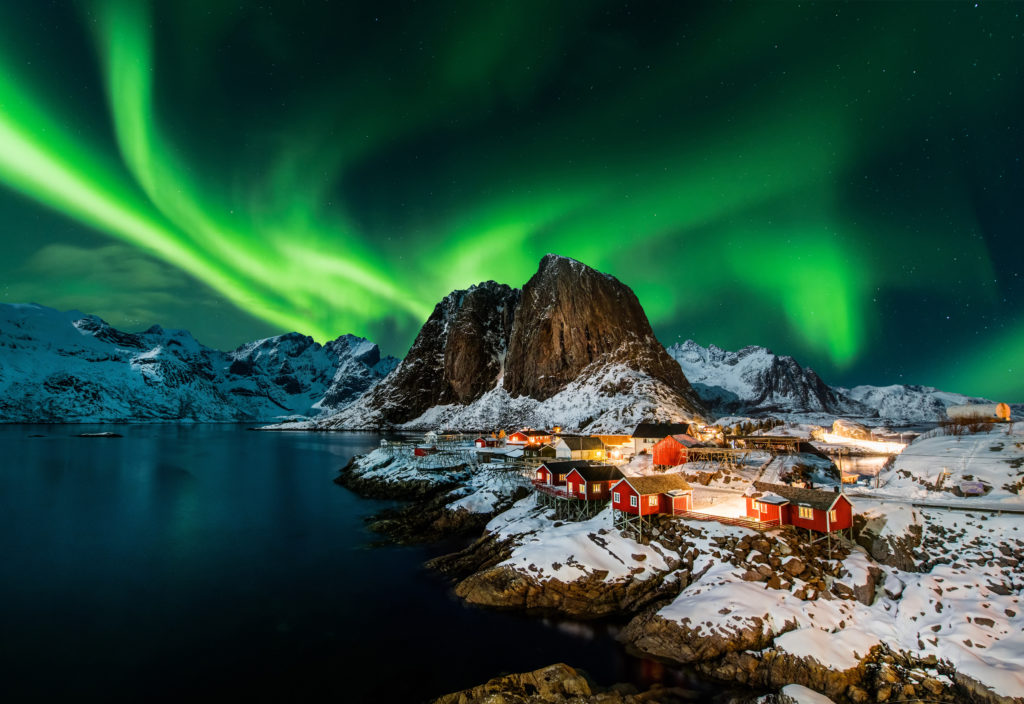Climate change in Norway is a problem with far-reaching consequences. Norway is particularly vulnerable to the impacts of climate change, such as an increase in annual mean temperature and precipitation, rainfall floods, summer droughts, sea level rise, and ocean acidification.
Norway’s Carbon Footprint
The carbon footprint of Norway is relatively high, due in part to its oil and gas production. In 2016, Norway’s total emissions were equivalent to 0.53% of the world’s total emissions. The average citizens has a carbon footprint of about 12 tonnes CO₂e per year.
Rising Temperatures in Norway
Norway’s average annual temperature has increased by 1.3 degrees Celsius since 1900, and is projected to increase by 2-4 degrees by the end of this century. The warming has been most pronounced in winter, with a decrease in snow cover and sea ice.
Rising temperatures will have a number of impacts on Norway, including:
- An increase in wildfires
- A decline in crop yields
- A rise in sea levels, which will lead to flooding and erosion
- A negative impact on fish stocks and other marine life
Precipitation in Norway

Annual precipitation has increased by 10% since 1900, and is projected to increase by another 20-30% by the end of this century . This increase has been particularly pronounced in the northern part of the country.
The increased precipitation will lead to a number of impacts, including:
- More frequent and intense floods
- An increase in landslides
- A decline in water quality
- Summer Droughts in Norway
Droughts in Norway
Despite the overall increase in precipitation, droughts are also expected to become more common in Norway as the climate changes. This is due to the fact that warmer temperatures will lead to more evaporation, which will reduce the amount of water available for plants and animals.
The droughts will have a number of impacts, including:
- A decline in crop yields
- An increase in forest fires
- A decline in water quality
Rising Sea Levels
Norway is particularly vulnerable to sea level rise, as the country has a long coastline and many low-lying areas. Sea levels are projected to rise by 0.5-1 meters by the end of this century. This will lead to a number of impacts, including more frequent and intense flooding, erosion of coastal areas, and an increase in saltwater intrusion into freshwater aquifers.
Ocean Acidification
Norway’s oceanic waters are becoming more acidic as a result of rising levels of atmospheric CO₂. This is having a negative impact on marine life, as it makes it harder for creatures to build shells and skeletons. In addition, ocean acidification is expected to lead to a decline in the overall productivity of marine ecosystems.
Wildlife in Norway
Climate change has affected the country’s wildlife in a number of ways. For example, the warming climate has led to the northward expansion of some species of fish, while others have declined in numbers.
In addition, the loss of snow and ice has made it difficult for some animals, such as reindeer, to find food. As a result, many animals are moving to different parts of the country in search of suitable habitat.
Norwegian Salmon
One of the most iconic species in Norway is the salmon. Salmon populations have declined in recent years due to a number of factors, including climate change. Warmer water temperatures make it difficult for salmon to survive, and also lead to the spread of parasites and diseases. In addition, changes in precipitation patterns have made it difficult for salmon to find food.
As a result of these climate and economic impacts, the Norwegian government has implemented a number of measures to protect salmon populations. For example, they have created special protected areas where salmon can spawn and rear their young. In addition, they have released hatchery-raised salmon into streams and rivers in an effort to bolster populations.
Greenhouse Gases

Norway has been working to reduce its greenhouse gas emissions for many years, and has set a goal of reducing emissions by 40% below 1990 levels by 2030. Nevertheless, emissions have been rising in recent years, and are currently about 13% above 1990 levels.
The main sources of Norway’s greenhouse gas emissions are the burning of fossil fuels such as oil, gas, and coal and land-use changes, such as deforestation, and agriculture.
Carbon Offsets
Carbon offsets are carbon credits that can be purchased by individuals or businesses to offset their emissions. Norway has been a leading purchaser of carbon offsets, and has bought offsets equivalent to about 1% of its total emissions.
Norway’s efforts to reduce its emissions and offset the rest are intended to help the country meet its goal of becoming carbon-neutral by 2030. Individuals and businesses can offset their emissions by buying voluntary carbon offsets, which support projects that reduce emissions in other parts of the world.

